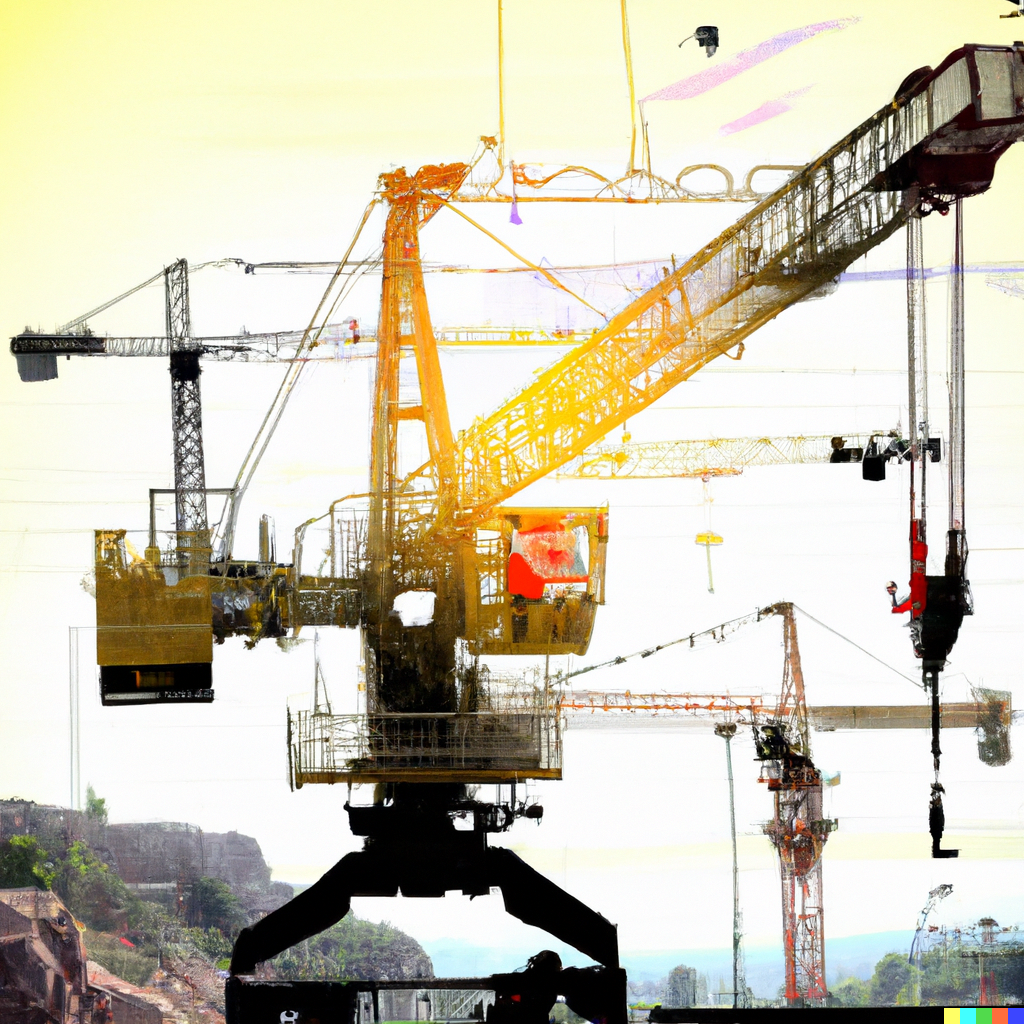October 02 |

The construction industry has long been seen as one of the most traditional sectors, relying heavily on manual processes and time-tested methods. But in recent years, a wave of innovation has transformed the landscape. Construction Technology (ConTech) is revolutionizing how projects are planned, designed, executed, and maintained, pushing the industry into a new era of efficiency and sustainability.
ConTech refers to the adoption of modern technologies—both hardware and software—into construction workflows. This includes digital tools like Building Information Modeling (BIM), drones, 3D printing, robotics, Internet of Things (IoT) sensors, and artificial intelligence (AI) platforms. The goal is simple: to build faster, safer, smarter, and more sustainably.
The construction sector faces major challenges: labor shortages, rising costs, project delays, and the urgent need for sustainability. ConTech addresses these by:
BIM allows teams to create detailed 3D models of projects before a single brick is laid. This fosters collaboration between architects, engineers, and contractors, reducing errors and unexpected costs.
Drones provide aerial mapping, progress tracking, and site inspections with unmatched accuracy and efficiency. They save time while ensuring compliance and safety.
Robots are increasingly being used for repetitive or high-risk tasks like bricklaying, welding, and demolition. Autonomous machinery helps improve consistency while reducing human exposure to dangerous environments.
Large-scale 3D printing is emerging as a game-changer for affordable and sustainable housing. By printing walls and structures directly on-site, companies can reduce material waste and labor costs.
Sensors embedded in equipment and materials track performance, monitor structural health, and detect hazards. IoT-driven analytics allow for predictive maintenance and smarter decision-making.
AI helps predict project risks, optimize schedules, and manage resources more effectively. Data-driven insights are becoming central to reducing delays and controlling budgets.
Looking ahead, ConTech will continue reshaping the industry. Integration with digital twins, advancements in modular construction, and the push for net-zero buildings will become more widespread. Companies that embrace these innovations will not only gain a competitive edge but also play a crucial role in creating resilient, sustainable cities.
Construction is no longer just about bricks, steel, and concrete—it’s about data, automation, and innovation. The ConTech revolution is accelerating, and those willing to adopt it will define the future of how we build.
SHARE THIS:
© Copyright 2025Global AI AwardsAll Rights Reserved